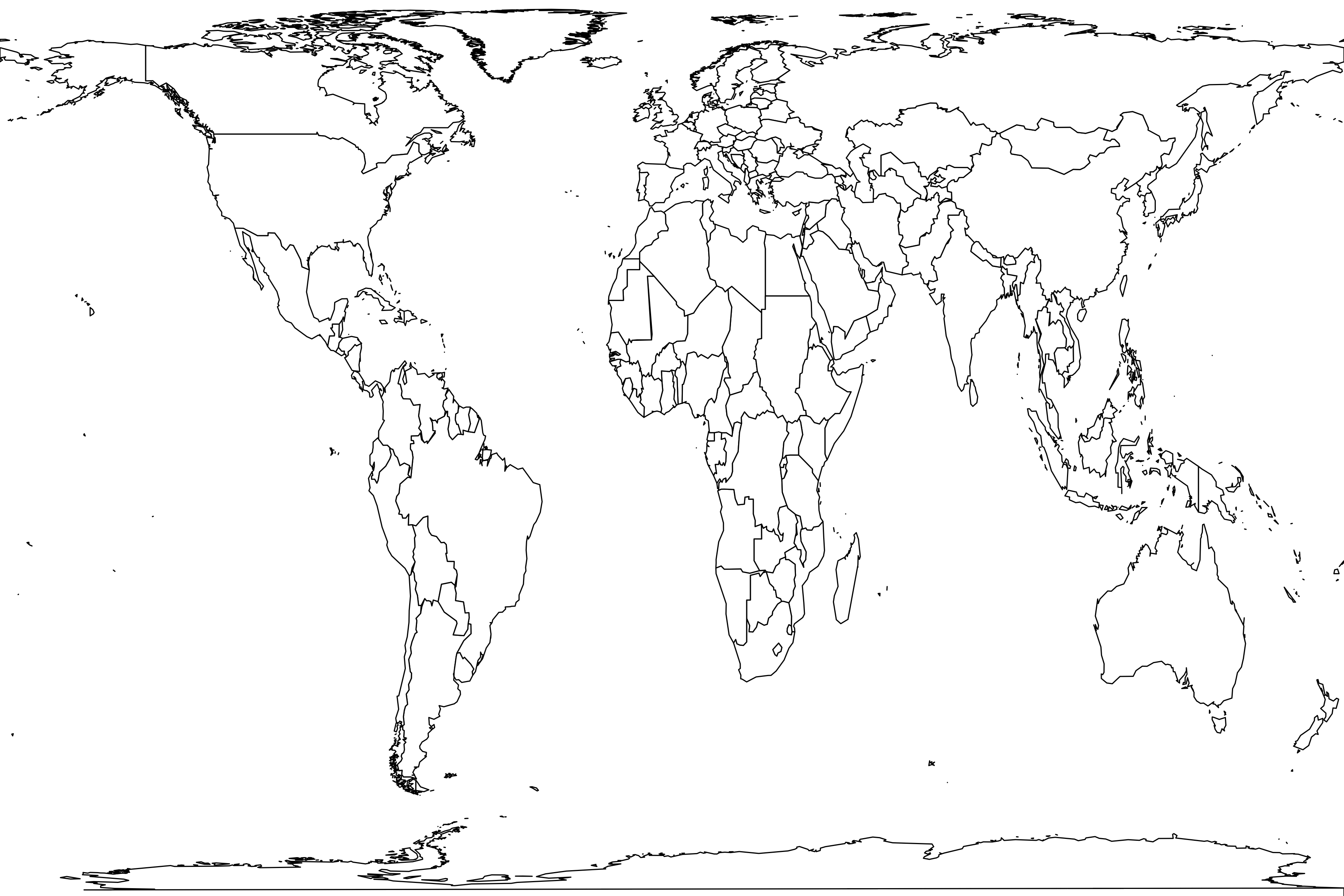Raleigh-Durham
Basic information
Sample name: Raleigh-Durham
Reference: R. Kays and A. W. Parsons. 2014. Mammals in and around suburban yards, and the attraction of chicken coops. Urban Ecosystems 17:691-705 [ER 1768]
Geography
Country: United States
State: North Carolina
Coordinate: 35° 47' N, 78° 38' W
Coordinate basis: based on nearby landmark
Geography comments: "approximately 11,500 km2 surrounding Raleigh, North Carolina" also including the Durham area; sites are mostly clustered around Raleigh (basis of coordinate)
Environment
Habitat: temperate broadleaf/mixed forest
Altered habitat: combined
Protection: unprotected
Substrate: ground surface
MAT: 15.3
MAP: 1090.0
Habitat comments: "predominantly urban and suburban with pockets of agricultural land and natural areas... Natural areas within the study site consist predominantly of oak-dominated mixed hardwood forest"
climate data are for leigh-Durham International Airport and are from Osland et al. (2009, Castanea)
climate data are for leigh-Durham International Airport and are from Osland et al. (2009, Castanea)
Methods
Life forms: carnivores,rodents,ungulates,other small mammals,birds
Sites: 32
Site area: 1000000
Sampling methods: no design,automatic cameras
Sample size: 2228 captures or sightings
Years: 2012
Seasons: spring,summer
Nets or traps: 64
Net or trap nights: 1003
Camera type: digital
Cameras paired: no
Sampling comments: "Camera trap surveys were conducted from March to July 2012. We worked with volunteer households to deploy Reconyx PC800 Hyperfire (Reconyx, Inc. Holmen, WI) motion-sensitive camera traps equipped with an infrared flash at 32 paired sites throughout the study area... One site within each pair contained an active chicken coop and was in close proximity (100 m-500 m) to a paired site without a chicken-coop... Volunteers ran cameras continuously for 2 weeks at each site. Cameras ran 24 h a day"
Metadata
Sample number: 1972
Contributor: John Alroy
Enterer: John Alroy
Created: 2016-01-26 11:13:22
Modified: 2020-01-14 05:31:29
Abundance distribution
20 species
3 singletons
total count 2228
geometric series index: 26.5
Fisher's α: 3.029
geometric series k: 0.6936
Hurlbert's PIE: 0.7323
Shannon's H: 1.7892
Good's u: 0.9987
Each square represents a species. Square sizes are proportional to counts.
• Find matching samples
Register
| Cyanocitta cristata | 1 | insectivore-granivore |
| Cardinalis cardinalis | 1 | 43.5 g insectivore-granivore |
| Quiscalus quiscula | 1 | 120 g insectivore-granivore |
| Strix varia | 2 | 632 g |
| Canis latrans | 2 | 12 kg carnivore-insectivore |
| Lynx rufus | 3 | 9.0 kg carnivore |
| Meleagris gallopavo | 6 | 7.8 kg omnivore |
| Canis lupus familiaris | 10 | 43 kg carnivore |
| "Canis familiaris" | ||
| Zenaida macroura | 17 | 123 g granivore-frugivore |
| Tamias striatus | 18 | 113 g frugivore-insectivore |
| Rattus norvegicus | 20 | 300 g |
| Corvus sp. | 22 | |
| Urocyon cinereoargenteus | 39 | 4.1 kg frugivore-carnivore |
| Turdus migratorius | 71 | 78.5 g insectivore-frugivore |
| Didelphis virginiana | 88 | 1.1 kg insectivore-carnivore |
| Sylvilagus floridanus | 130 | 1.1 kg herbivore |
| Odocoileus virginianus | 178 | 75 kg herbivore |
| Procyon lotor | 223 | 5.5 kg carnivore-granivore |
| Felis catus | 352 | |
| Sciurus carolinensis | 1044 | 519 g frugivore |


